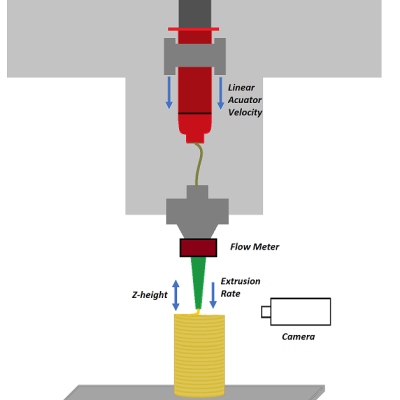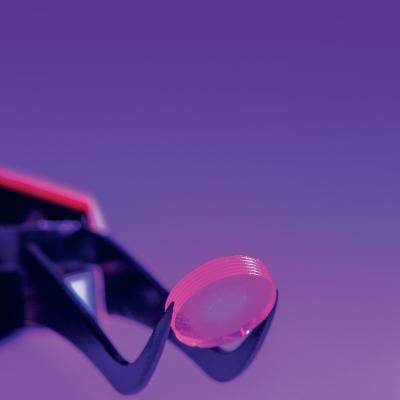Keywords
- Show all (85)
- Additive Manufacturing (37)
- 3D Printing (7)
- Compact Space Telescopes (5)
- Laser Materials Processing (5)
- Diode Lasers (4)
- Manufacturing Improvements (3)
- Optical Damage Mitigation (3)
- Precision Optical Finishing (3)
- RF Photonics (3)
- Sensors (2)
- Synthesis and Processing (2)
- Ultrashort Pulse Lasers (2)
- Electric Grid (1)
- Material Design (1)
- Microfabrication (1)
- Precision Engineering (1)
- Volumetric Additive Manufacturing (1)
- (-) Manufacturing Automation (2)
- (-) Additively Manufactured (AM) Optics (1)
- (-) Manufacturing Simulation (1)
Technology Portfolios


The LLNL method for optimizing as built optical designs uses insights from perturbed optical system theory and reformulates perturbation of optical performance in terms of double Zernikes, which can be calculated analytically rather than by tracing thousands of rays. A new theory of compensation is enabled by the use of double Zernikes which allows the performance degradation of a perturbed…

LLNL researchers have developed a custom resin formulation which uses a dispersing solvent and only a multifunctional monomer as the binding agent. The dispersing solvent system typically used has multiple components meant to achieve excellent dispersal of silica in order to create a flowable resin (rather than a paste). The dispersing agent has low vapor pressure, which allows the 3D printed…

